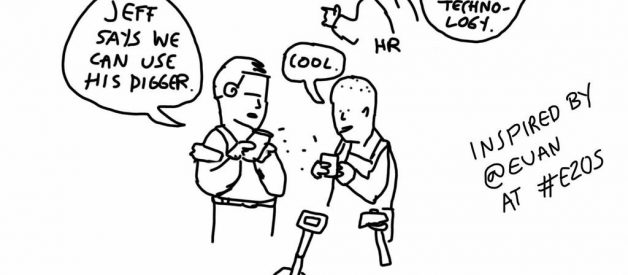When looking at some of the output from our first London conference, the Enterprise 2.0 Summit London, the story behind this well known phrase came to mind:
?A picture is worth a thousand words?
Most people usually think this was a Chinese proverb, some might specifically say from Confuscious. At this point avid QI watchers might expect loud sirens, because this a common myth. Before we get to the real origin, let me explain how it was used in one of my favourite books on marketing ? In Search of The Obvious by Jack Trout. I?ve blogged before about how Trout writes a great section highlighting that pictures are important, and can make an idea more memorable, but words are absolutely necessary to convey the full story. Most TV and print adverts without sound or words would confuse and lose the message completely. Conversely if you took away the visuals, and left just the words you?d still get (some of) the message. Look at the great images generated from ideas at the conference from Virpi Oinenen and Matt Buck. They tell the story, but you wouldn’t have the full picture without the words.
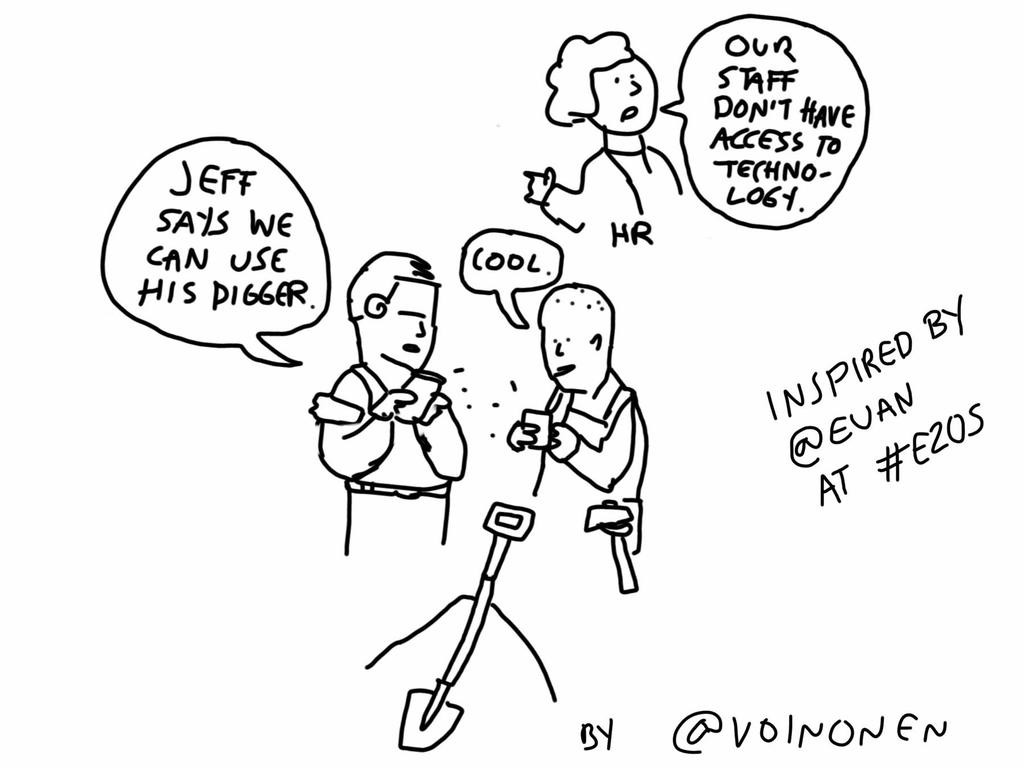
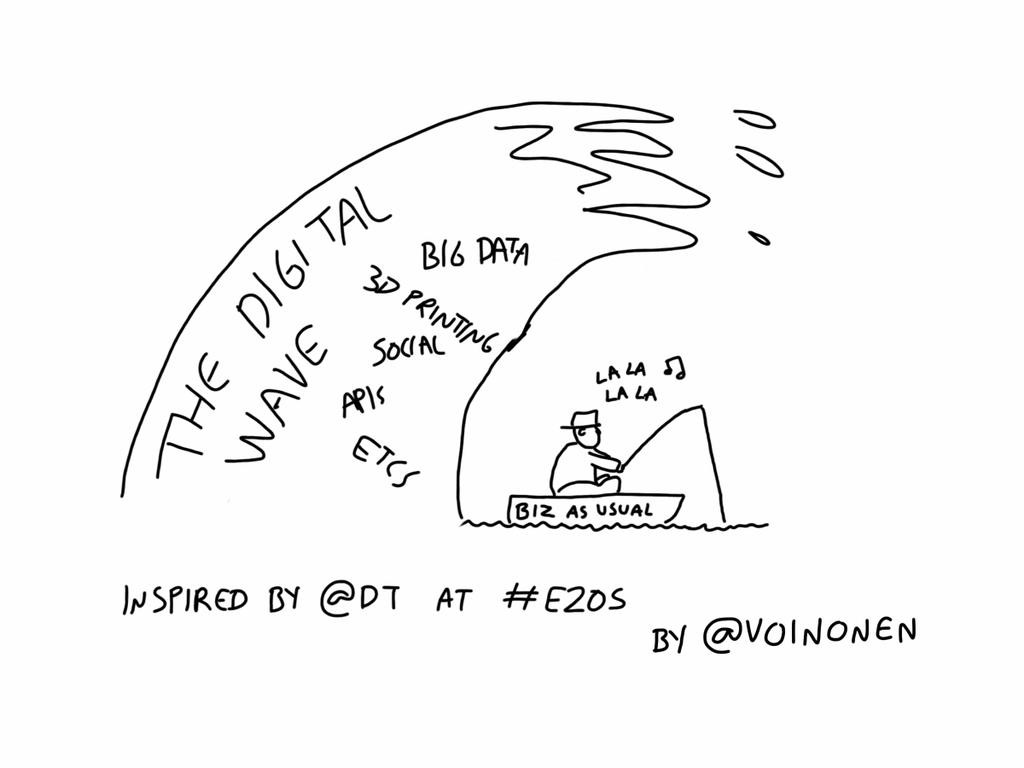
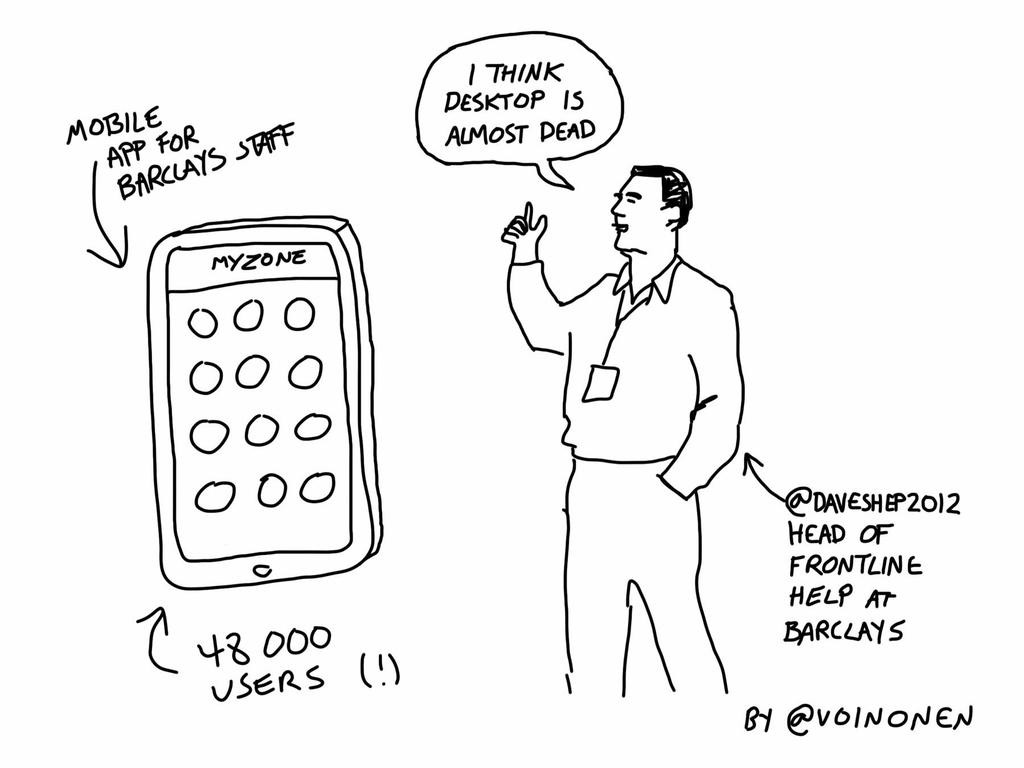
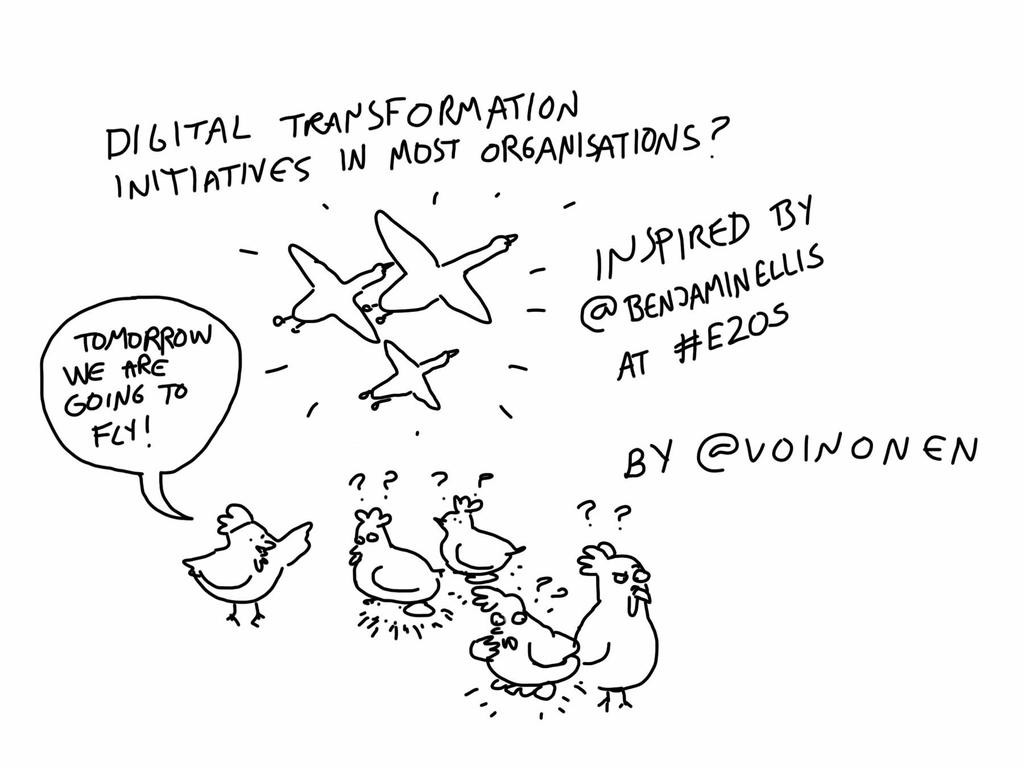

All great images representing #e20s.
In using that ?proverb like? phrase in his book Jack even went so far as saying he researched back to the original Chinese characters and had them properly translated to tell us it should say:
?A picture is worth a thousand gold pieces.?
Well, the irony is that actually this phrase isn’t Chinese in origin at all but comes from some US advertising copy early in the last century. A Wikipedia entry on the topic explains:
The expression ?Use a picture. It?s worth a thousand words.? appears in a 1911 newspaper article quoting newspaper editor Arthur Brisbane discussing journalism and publicity.[1]
A similar phrase, ?One Look Is Worth A Thousand Words?, appears in a 1913 newspaper advertisement for the Piqua Auto Supply House of Piqua, Ohio.[2]
An early use of the exact phrase appears in an 1918 newspaper advertisement for the San Antonio Light which says:
One of the Nation?s Greatest Editors Says:
One Picture is Worth a Thousand Words
The San Antonio Light?s Pictorial Magazine of the War
Exemplifies the truth of the above statement ? judging from the warm
reception it has received at the hands of the Sunday Light readers.[3]
It is believed by some that the modern use of the phrase stems from an article by Fred R. Barnard in the advertising trade journal Printers? Ink, promoting the use of images in carries an ad entitled, ?One Look is Worth A Thousand Words.?
Another ad by Barnard appears in the March 10, 1927 issue with the phrase ?One Picture Worth Ten Thousand Words,? where it is labeled a Chinese proverb. The Home Book of Proverbs, Maxims, and Familiar Phrases quotes Barnard as saying he called it ?a Chinese proverb, so that people would take it seriously.? Soon after, the proverb would become popularly attributed to Confucius.
So I?m left with the knowledge that words are a must, great visuals can enhance and dramatise, you can bend the truth to add narrative, even create a myth, but that the core message is that story telling works.
